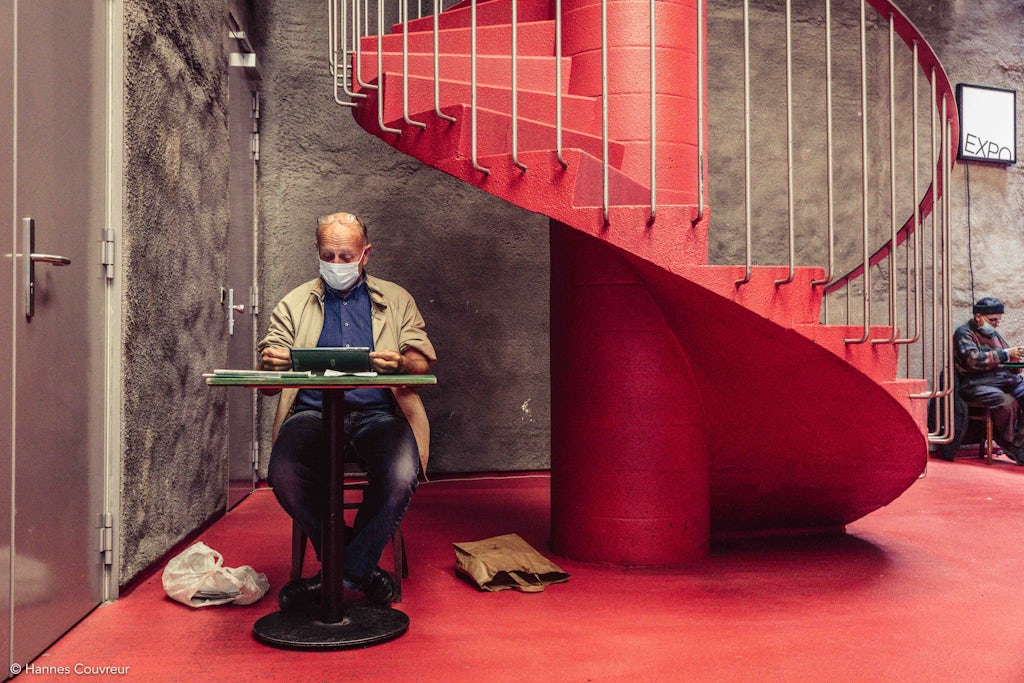The arts after corona: Which developments stand out?

Beursschouwburg HUB 2020 (c)Hannes Couvreur
As part of the recovery policy after the corona crisis, the Minister of Culture launched the trajectory for the future “Culture after Corona”. Various support centres, including Flanders Arts Institute, were asked to provide an overview of developments in their sector that have their roots in the corona crisis.
Flanders Arts Institute wrote the overview for the arts sector in collaboration with VI.BE and Circuscentrum. Read five takeaways below or download the full version. You can find all further information about the Culture after Corona trajectory at Cultuurloket.
1. Working digitally
There has been a lot of experimentation around working digitally, in creation as well as in presentation. Today we are faced with a number of choices: now that art can once again be experienced in the flesh, which digital formats and platforms will we continue to use?
These choices will be partly determined by the search for workable business models. They will also be accompanied by better knowledge of the audiences who prefer digital, or a combination of digital and physical, even in corona-safe times.
2. Working inclusively
As expected, online audience participation grew strongly during the crisis. Now we have to wait and see which audiences will continue to participate online after “physical” participation has returned, to what degree, and with what willingness to pay.
What is clear is that there are opportunities for greater inclusiveness for audiences that are less mobile: people with disabilities, people who do not live in urban areas, one or two-parent families with young children, and so on.
3. Working internationally
Travel is again possible, also for the presentation of and participation in the arts. Many income models rely on this international presentation, and traditionally the outreach of the Flemish artistic ecosystem is one of its greatest strengths.
But this intensive international way of working is being reconsidered. Ecological considerations and considerations related to sustainability and fairnessare also on the table.
4. Social engagement
Social engagement within the arts has always been high, but this has become even more prominent in recent years. Many artists and art organisations took a position at the heart of society and offered comfort, help, connection and material support to those who were struggling.
The conversation that has been raging for some time about measures against structural exclusion and inappropriate behaviour did not die out, but, on the contrary, has intensified.
5. Sharing
(Re)new(ed) forms of sharing surface. Experiments are being conducted with the sharing of knowledge and networks, of income and other financial resources, of space and of participation.
This goes hand in hand with (re)new(ed) concern about care: for the artist, for those whose voices are less heard or not heard at all, and against exclusion, inappropriate behaviour or other persistent social problems.
More information
- Download the comprehensive overview here. (in Dutch)
- Follow the entire ‘Culture after Corona’ trajectory at Cultuurloket.



